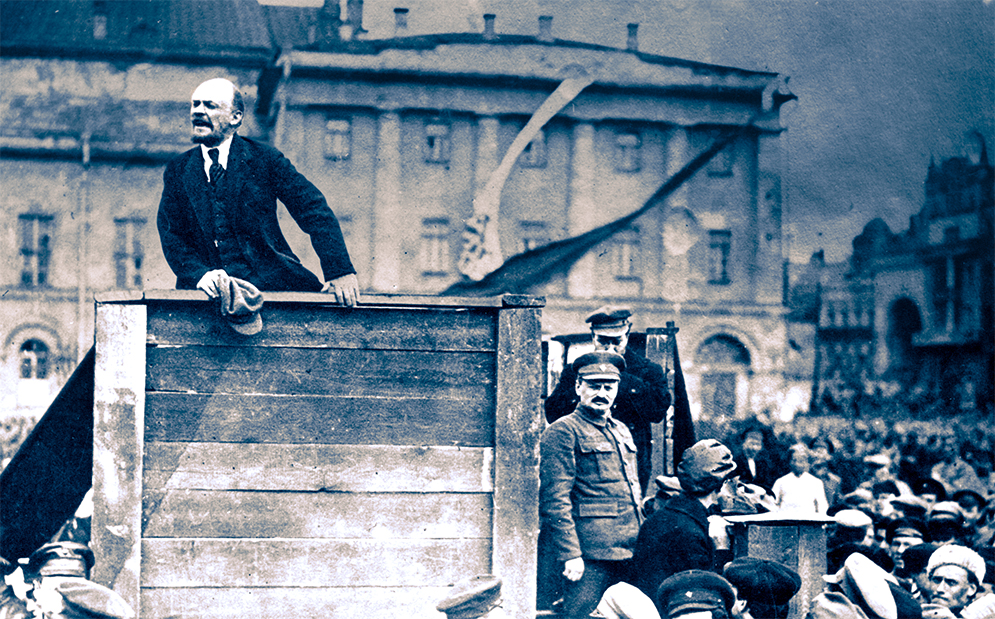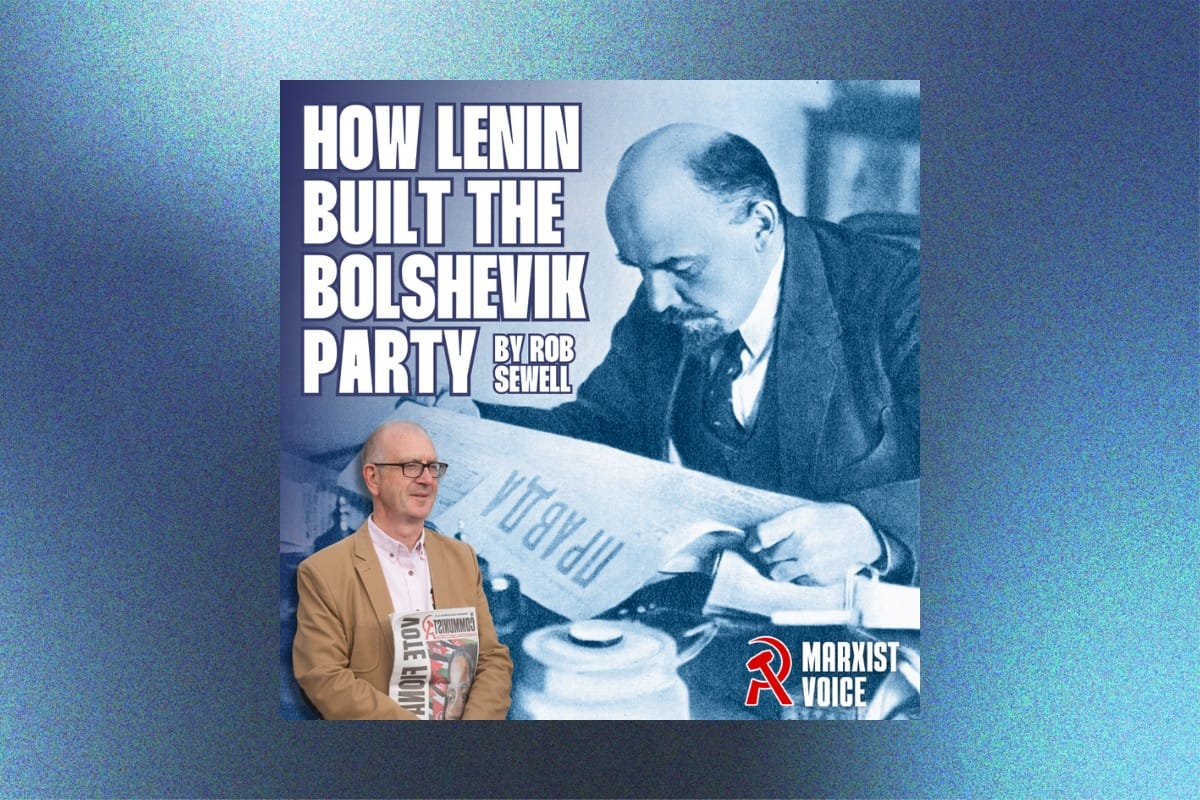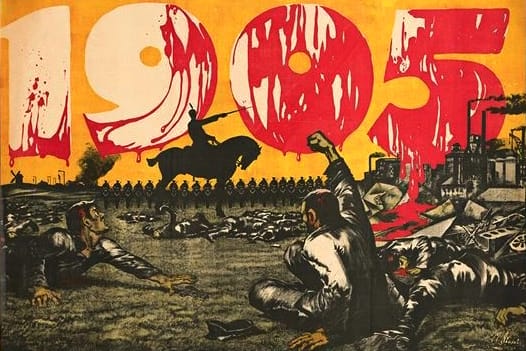This summer marks the centenary of the second congress of the Communist International, which met in Russia from 17 July to 7 August 1920. This was truly a landmark event in the consolidation of a powerful party of world socialist revolution.
The congress met during the height of the civil war and imperialist blockade of Russia. Such was the difficulty faced by delegates in reaching Russia that the opening of the congress had to be delayed by a week. Three French delegates even lost their lives en route. Nevertheless, 218 delegates, representing 37 countries from five continents, managed to attend the congress.
For more information about this incredible collection of articles and speeches, read our review
Renewal
The second congress marked a significant step forward from the founding congress of March 1919. At that time, with the exception of the Bolsheviks, the 51 delegates that attended – including just nine from abroad – represented only the embryonic forces of the new international.
The first congress was more of a call to arms to revolutionaries worldwide. It drew a sharp line between the revolutionary internationalists of the world, and the reformists of the discredited Second International.
The need for such a break had become clear ever since the betrayal of the leaders of the Second International in August 1914. Nearly all of them supported their own ruling classes at the outbreak of the war, revealing the opportunism (i.e. adaptation to capitalism) that had developed in the old International’s leadership over decades. For the purposes of world revolution, the Second International was well and truly dead.
Revolutionary wave
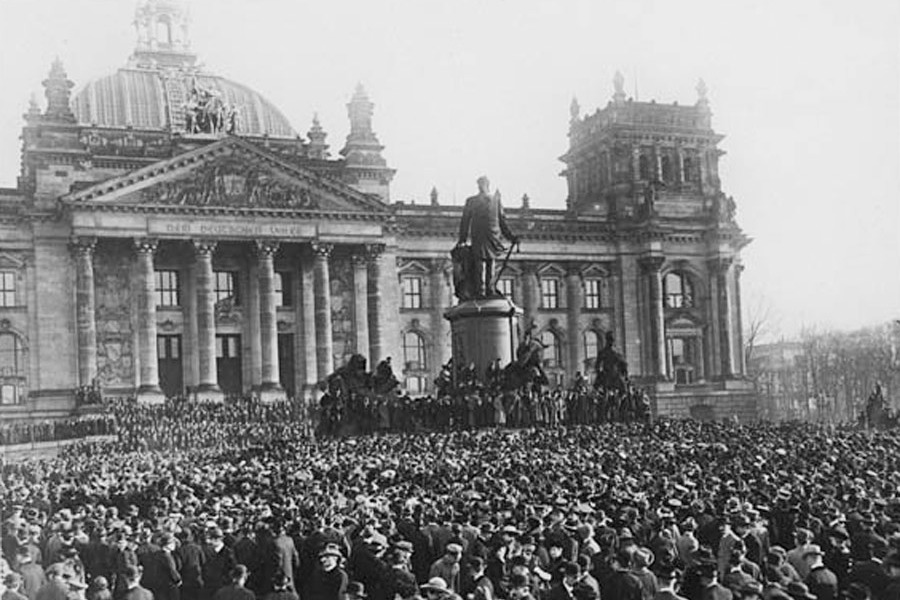 The success of the October revolution in Russia in 1917 transformed the situation. It had an electrifying effect on the working class worldwide, of which the advanced layers were rapidly drawing revolutionary conclusions.
The success of the October revolution in Russia in 1917 transformed the situation. It had an electrifying effect on the working class worldwide, of which the advanced layers were rapidly drawing revolutionary conclusions.
A revolutionary wave was beginning to spread across Europe, with revolutions breaking out in Germany (1918-19), Hungary (1919), and mass movements elsewhere. A new International, based on the genuine ideas of Marxism, and enriched by the experience of the Bolsheviks, was now an urgent necessity.
With the failure of these revolutions, it was becoming increasingly clear that only with the presence of strong Communist Parties in all countries, could the world revolution be successful. Hence the founding of the Communist International (also known as the Third International) in 1919, which sought to unify and strengthen the growing communist currents across the world.
By the time of the second congress in 1920, the conditions had matured for the formation of mass communist parties in several countries. Such was the process of radicalisation taking place that large left-wing oppositions were forming inside many of the parties of the Second International. Pressure was mounting in these parties to break with Social Democracy and affiliate instead to the Communist International.
Many of the delegates to the second congress represented workers in these tendencies. In other cases, the splits had already occurred, and mass parties were seeking affiliation to the new International, or had already joined.
Key tasks
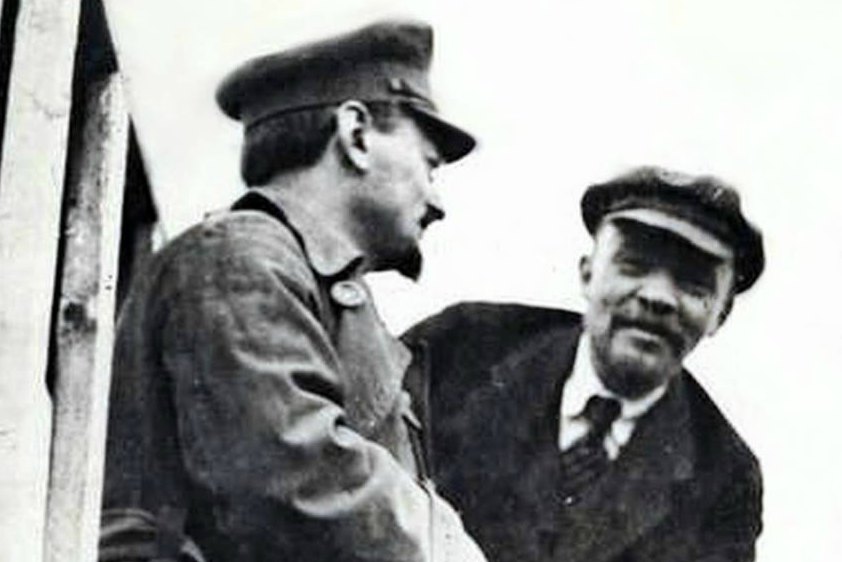 Despite taking place during the civil war, Lenin and Trotsky both played a key role in the Congress, drafting many of the resolutions and speaking in the debates. This was because they understood clearly that the fate of the Russian Revolution was intimately linked to the success of the world revolution. The political training of the leadership of the communist parties worldwide was therefore a task of extreme importance.
Despite taking place during the civil war, Lenin and Trotsky both played a key role in the Congress, drafting many of the resolutions and speaking in the debates. This was because they understood clearly that the fate of the Russian Revolution was intimately linked to the success of the world revolution. The political training of the leadership of the communist parties worldwide was therefore a task of extreme importance.
Lenin delivered the opening session of the Congress – a report on the world situation and the tasks of the Communist International. In this report, and his theses on the same theme, Lenin pointed out the enormous enthusiasm for the Communist International that had developed amongst the advanced layer of the working class.
However, Lenin also warned that in the process of separation of these workers from the Second International, there was the danger that reformist elements of the old parties – especially their leaderships – would swim with the stream into the Communist International.
If not kept out, these elements could ruin the work of the new international. This was a harsh lesson learnt from the experience of the Hungarian revolution, where a fusion of the Social Democrats and Communists allowed for a layer of the old opportunist leaders to shipwreck the revolution.
Guard the gates
Much of the congress was therefore devoted to clarifying the fundamental principles of the Communist International, and how these differed in practice from those of the opportunists.
Many of the important points were summed up in the Theses on the Conditions of Admission to the Communist International. Drafted by Lenin, these included 19 conditions that were to form the terms of membership. They included:
“Any organisation that wishes to join the Communist International must consistently and systematically dismiss reformists and “Centrists” [i.e. revolutionaries in words, but reformists in practice] from positions of any responsibility in the working-class movement (party organisations, editorial boards, trade unions, parliamentary groups, co-operative societies, municipal councils, etc.), replacing them by reliable Communists.”
Other conditions directly struck blows against the loose organisational practices of the Second International. These included the requirement for parties to be organised on the basis of democratic centralism. This meant the full freedom of discussion within the organisation, combined with full unity of action in carrying out the decisions of the party.
Democratic centralism was expressly stated to operate across the whole international as one united party of world revolution, instead of a federation of national parties. This point was elaborated in the Statutes of the International, drafted by Lenin, which were discussed and passed at the Second Congress.
To combat the intense opportunism of the parliamentary factions of the Second International, it was explicitly stated that the composition of parliamentary factions must be reviewed, and purged of “unreliable” elements. The work of such factions was to be subordinated to the elected party leaderships, as was editorial control of the party press.
Communists were to have no trust in bourgeois legality and were to prepare for conditions of illegality. There was to be no trust in international arbitration, or organisations such as the League of Nations to avoid future wars.
On the basis of discussion at the congress, a further two conditions were added to further strengthen the defences against reformist infiltration. The last of these stated:
“Those Party members who fundamentally reject the conditions and Theses laid down by the Communist International are to be expelled from the Party.”
In the words of Zinoviev, these conditions meant that they “put a lock on the doors of the Communist International… [and regarded it] necessary to put a reliable guard on the gate”.
Ultra-leftism
The danger of reformist elements was not the only problem facing the new international. As Lenin identified in his Theses on the Fundamental Tasks of the Communist International, there was also a danger presented by an ultra-left tendency within the new parties of the International.
Lenin defined this ultra-leftism as “a wrong appraisal of the role and the tasks of the party with regard to the class and the masses, and a wrong attitude towards the revolutionary Communists’ obligation to work in bourgeois parliaments and reactionary trade unions”.
Yet compared to the danger of reformist elements, he described ultra-leftism as “far less significant and… more in the nature of growing pains of the movement”.
The phenomenon of ultra-leftism had arisen in many of the new Communist Parties, and some currents seeking to join the Communist International. In many cases it reflected the inexperience of those who had been recently swept into the revolutionary movement – including many of the new leaders.
The ultra-lefts looked to the success of the Bolsheviks in 1917, and concluded that revolution was a simple affair, proceeding upwards in a straight line.
Unaware of the real history of Bolshevism, they wrongly thought that all that was necessary was to reject all compromises on principle, reject bourgeois or reformist institutions like parliaments, turn their backs on the old reformist trade unions, and declare new, ‘pure’ revolutionary organisations. They believed that on this basis, millions of workers would then join the revolutionary struggle.
In most cases, such ultra-leftism was a backlash against the rottenness of the reformist leaders of the Second International and trade unions. However, in rejecting reformism, they often bent the stick too far in the other direction. They substituted their own understanding of the need for revolution, for the level of consciousness of the masses, imagining that what they understood was just as well understood by all workers. In the process they inadvertently erected barriers between themselves and the bulk of the working class.
To help combat this danger, Lenin wrote his famous pamphlet “Left-Wing” Communism – An Infantile Disorder, which was distributed to all delegates to the second congress upon their arrival.
In this masterpiece of Marxist tactics, Lenin set out the real history of Bolshevism, with all its ups and downs. This included an appraisal of how communists should approach working in bourgeois parliaments, as well as reactionary trade unions. It also included chapters dealing with the specific ultra-left mistakes being made by the communists in Germany, Britain, and Italy.
The key point was that revolutionaries needed to be firm on questions of principle, but extremely flexible with tactics. It was not enough to simply denounce capitalism and reformism. Importantly, communists had to win over the masses on the basis of experience, through participation in their struggles.
Parliamentarism
Many of the key debates and resolutions at the second congress therefore dealt with these problems of opportunism and ultra-leftism. That many of the resolutions dealt with both of these problems together was testament to the fact that they were in reality two sides of the same coin – stemming from a failure to understand the revolutionary process.
This was evident in the discussion and resolution on the attitude of communists towards parliamentary work. The resolution combatted the various ultra-left and syndicalist tendencies in Italy, Germany, Holland, Britain, and elsewhere, that rejected participation in parliament as a point of principle. At the same time, it struck blows against the kind of parliamentary work as practiced by the reformists in the Second International.
The theses on “The Communist Party and Parliament” made clear the views of communists towards parliament. That as an instrument of the bourgeois state, it would be done away with in the process of a socialist revolution, to be replaced by organs of workers’ democracy. Nevertheless, as long as millions of workers still had illusions in parliament, it was the duty of communists to use parliament as a platform to help dispel those illusions, and raise class consciousness.
As against the parliamentarians of the Second International, the theses stated:
“Communist members of parliament must bear in mind that they are not ‘legislators’ seeking agreement with other legislators, but Party agitators sent into the enemy’s camp to carry out Party decisions.”
Trade unions
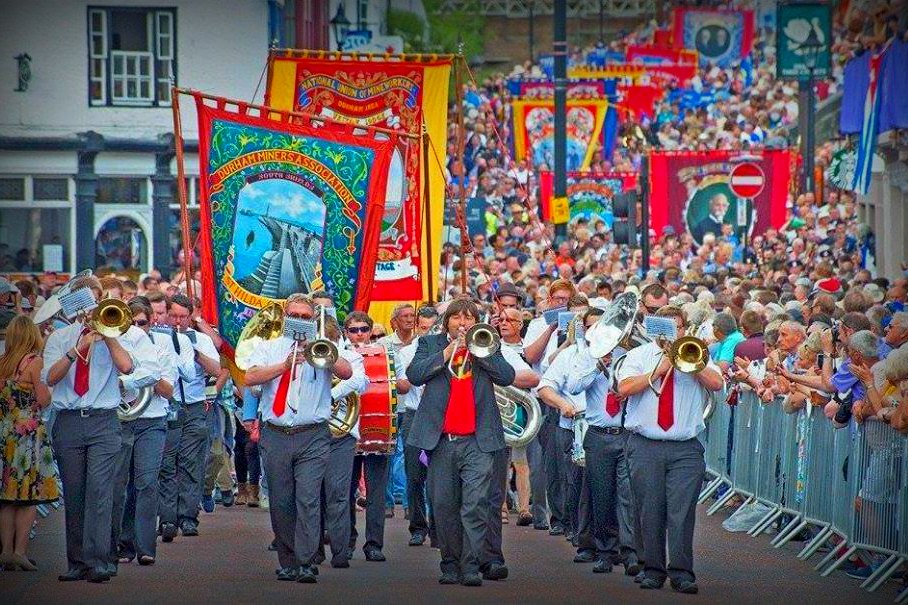 A similar principle applied to the attitude of communists towards working inside trade unions. Various ultra-lefts had argued for the boycotting of trade unions, on the basis that they encouraged class-compromise, or for the splitting away of militants from the established unions to form ‘pure’ revolutionary unions.
A similar principle applied to the attitude of communists towards working inside trade unions. Various ultra-lefts had argued for the boycotting of trade unions, on the basis that they encouraged class-compromise, or for the splitting away of militants from the established unions to form ‘pure’ revolutionary unions.
The theses on trade unions passed by the second congress explained that under the pressure of the capitalist crisis, large numbers of workers were joining trade unions, and coming into conflict with their reformist bureaucracies. Therefore communists must participate in the trade unions in order to help convert them into instruments for socialist revolution, under the leadership of communists.
The theses explained that the ultra-left policy of splitting the unions to form new militant unions “threaten[s] to isolate the most politically advanced and class conscious workers from the masses who are sympathetic to communist ideas; they threaten to leave the masses to their opportunist leaders, thus playing into the hands of the bourgeoisie.”
As Lenin explained in his pamphlet Left Wing Communism, communists “… must absolutely work wherever the masses are to be found. You must be capable of any sacrifice, of overcoming the greatest obstacles, in order to carry on agitation and propaganda systematically, perseveringly, persistently and patiently in those institutions, societies and associations—even the most reactionary—in which proletarian or semi-proletarian masses are to be found.” (Emphasis in the original)
The Labour Party
 Lenin applied the same principle to the question of whether the groups seeking to establish a communist party in Britain should seek affiliation to the Labour Party, which at that time had four million members.
Lenin applied the same principle to the question of whether the groups seeking to establish a communist party in Britain should seek affiliation to the Labour Party, which at that time had four million members.
This was a hotly debated topic. Two of the four founding groups were staunchly against affiliation, which therefore held back progress towards forming a united communist party in Britain. The issue was considered of such importance that a special commission on the subject was held during the second congress of the Communist International.
Lenin intervened forcefully in the discussion to advocate affiliation to the Labour Party, on the basis that it would allow close contact between the communists (which were still a small force), and the millions of workers who were members of the Labour Party.
So long as affiliation would not restrict the freedom of communists to openly criticise the bourgeois leaders of the Labour Party, Lenin argued it was the duty of communists to affiliate, to help expose the rottenness of these leaders.
This method was effectively that of the ‘united front’ – the turning of communists towards mass reformist parties, in order to win over the rank and file members away from the influence of the reformist leaders. To do so, it was necessary to engage in common struggle over concrete tasks, to prove in practice the superiority of communist methods and ideas.
This was the method of the Bolsheviks during key stages of the Russian Revolution. Where applied properly, it would be later used to great effect in building the Communist International.
The Colonial Revolution
Unlike the Second International, which largely ignored the colonial world, the Communist International went to great efforts to establish communist parties in all corners of the world. Following the First World War, the question of how to achieve national liberation from the clutches of imperialism was becoming a key issue around the world.
In Lenin’s draft theses on the National and Colonial Questions, he argues that communists worldwide, and especially those in the oppressor countries “must assist the bourgeois-democratic liberation movements” of the colonial world. At the same time, he stressed the need for “a struggle against the clergy and other influential reactionary elements” in such countries, including “Pan-Islamism and similar trends”.
Lenin concluded that “the Communist International must enter into a temporary alliance with bourgeois democracy in the colonial and backward countries, but should not merge with it, and should under all circumstances uphold the independence of the proletarian movement even if it is in its most embryonic form.”
On the basis of discussion at the congress with Roy, an Indian delegate, Lenin agreed that all references to the “bourgeois democratic” movement be changed to the “national-revolutionary movement”. This was since the bourgeoisie in such countries acted in league with the imperialists to crush any revolutionary movements, and therefore held back the struggle. This was a complete vindication of Trotsky’s theory of the Permanent Revolution.
Only a few years later however, these principles would be abandoned by the Stalinists with tragic consequences, for example in the Chinese revolution of 1925-27 when the Stalinists pushed the Chinese communists to dissolve their party into the nationalist Kuomintang.
Success
The second congress of the Communist International was to have a decisive impact on the development of the communist movement worldwide. On the basis of the discussions, the Bolshevik faction, under the leadership of Lenin and Trotsky, successfully won over most of the delegates to the strategy and tactics of revolutionary Marxism.
Within months of the congress, mass communist parties had been established in many countries around the world. At the Halle congress of the USPD (Independent Socialist Party of Germany) in October 1920, a resolution to affiliate to the Communist International was passed by 237 votes to 156. Soon after, the USPD merged with the much smaller KPD, to form the United Communist Party of Germany, with nearly 500,000 members.
A similar process took place in France in December 1920, where, at the Tours congress of the French Socialist Party, the majority voted to join the Communist International by 3:1. Mass splits also occurred in Czechoslovakia, Italy and elsewhere. The Communist International was rapidly becoming a serious force for world revolution.
Unfortunately, the isolation of the Russian Revolution contributed to the rise of Stalinism in the USSR. This process was reflected inside the Communist International, which over time was transformed into a tool for the foreign policy of the Soviet bureaucracy.
Nevertheless, the theses, resolutions and manifestos of the first four congresses of the Communist International still serve as a treasure trove of Marxist strategy and tactics. They are a key resource in the struggle for socialism today.
With capitalism entering into its deepest ever crisis, the need for a revolutionary International built in the best traditions of the Communist International has never been more important.



